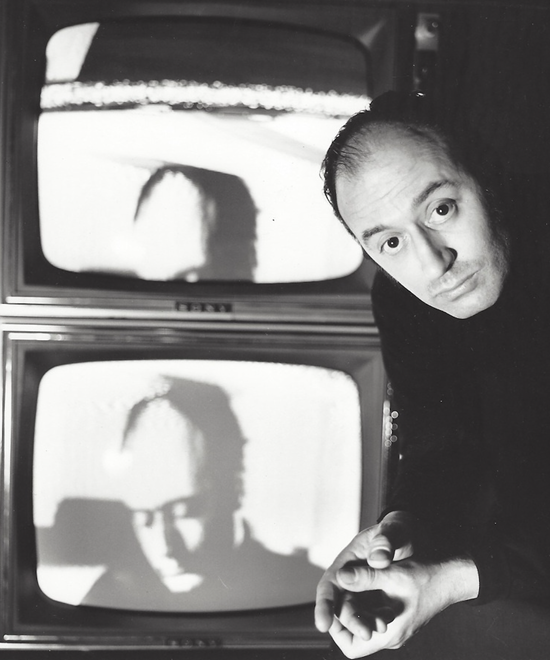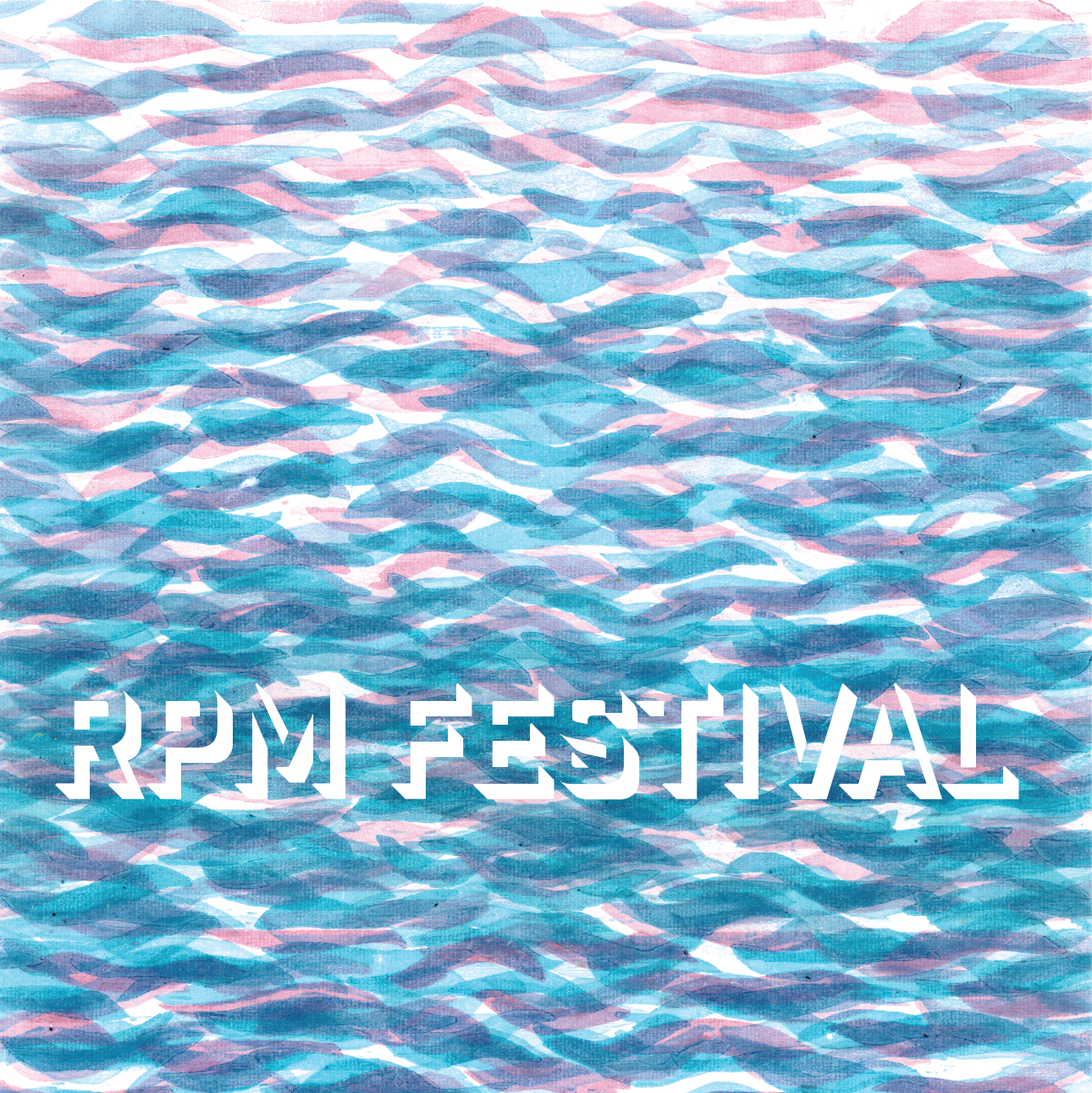
RPM in Motion
Call for Submissions
Submit on filmfreeway
Current Programs
Oct.19 - Dec.9
2PM & 4PM , Dec. 6, RPM Shorts Program 10 & 11, The Goethe Institut 7PM, Dec. 6, Gunvor Nelson, The Goethe Institut
2PM, Dec. 7, Best of RPM25 The Brattle Theatre

RPM in Motion celebrates independent animation, digital media art, and visual music. It also features experimental media art that expand our experience, including animation, digital frontier art, and audiovisual performances.

Revolutions per Minute festival, an artist run festival, is dedicated to short-form poetic, personal, cinematic work in experiments, essay film, animation, documentary, video and audiovisual performance.

The mission of RPM Festival Foundation is to cultivate a vibrant cultural and artistic landscape by championing non-fiction, experimental, animation and avant-garde moving images, as well as supporting filmmakers, artists, immigrants, and diaspora creators. Through our diverse range of initiatives including screenings, symposiums, film festivals, and exhibitions, alongside workshops, skill-sharing opportunities, and artist residencies, we aim to empower and amplify voices within these communities. Additionally, we are committed to providing production funding and distribution support to facilitate the realization and dissemination of compelling artistic projects and hybrid-form creations and innovative expressions.
RPM FESTIVAL Foundation is a 501(c)(3) organization that depends on grants and donations. Please consider making a tax deductible gift.

Robert Harris
Ariel Hou
Sara Jordeno
Sarah Keller
Brett Melican
Natalie Minik
Rick Shepardson
Homa Sarabi
Shira Segal
Wenhua Shi
Kalpana Subramanian
Douglas Urbank
Current Programs

RPM Shorts Programs
10 & 11
RPM25
Shorts Program
2PM & 4PM, December 6th, 2025
Goethe Institut Boston
170 Beacon St, Boston
Program 11: Hide and Seek
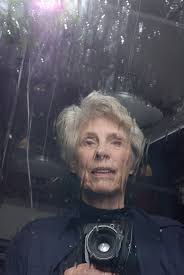
Gunvor Nelson
Call & Response: Relay
Gunvor Nelson
Call & Response: Relay
7PM, Saturday, Dec. 6th
Goethe Institut Boston
170 Beacon St, Boston

Best of RPM 25
Best of RPM25
2PM, Sunday, Dec. 7th
The Brattle Theatre
40 Brattle Street
Cambridge, MA
Recent Programs

Saul Levine
Notes
10 films by Saul Levine
Sunday, Jan. 26th, 2PM
Brattle Theatre
40 Brattle St.
Cambridge MA

Kathy Rugh
Mountains Meet the Sea
Kathy Rugh
Sunday, Feb. 23rd, 4PM
Brattle Theatre
40 Brattle St.
Cambridge MA

Jon Behrens
Wednesday, Feb. 26, 7PM
Civic Pavilion
Boston City Hall, 5 Congress St,
Boston MA 02201

Lei Lei
Lost and Found
Lei Lei
Sunday, March 9th, 4PM
Brattle Theatre
40 Brattle St.
Cambridge MA

Joost Rekveld
Friday, March 21st, 7PM
Civic Pavilion
Boston City Hall, 5 Congress St,
Boston MA 02201

Janie Geiser
Time, a substance
Janie Geiser
April 6th, 2025,
At 2PM
Brattle Theatre
40 Brattle St.
Cambridge, MA
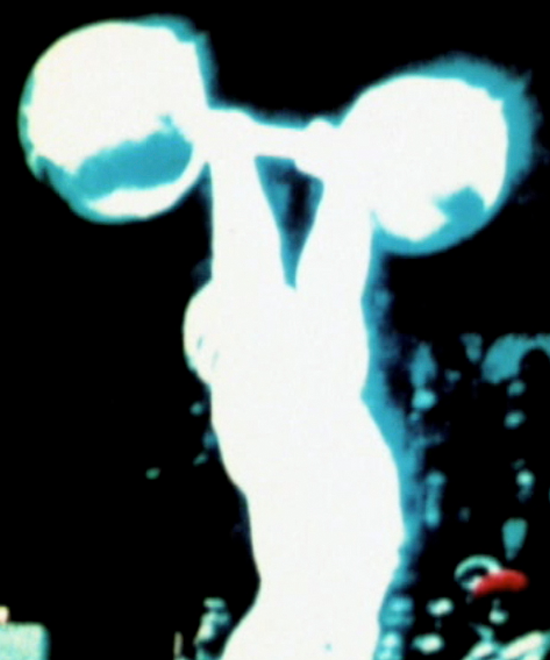
Today is Sunday
Jean Sousa
Today is Sunday
SHORT FILMS BY Jean Sousa
2PM, Sunday, Oct. 19th
The Brattle Theatre
40 Brattle Street
Cambridge, MA
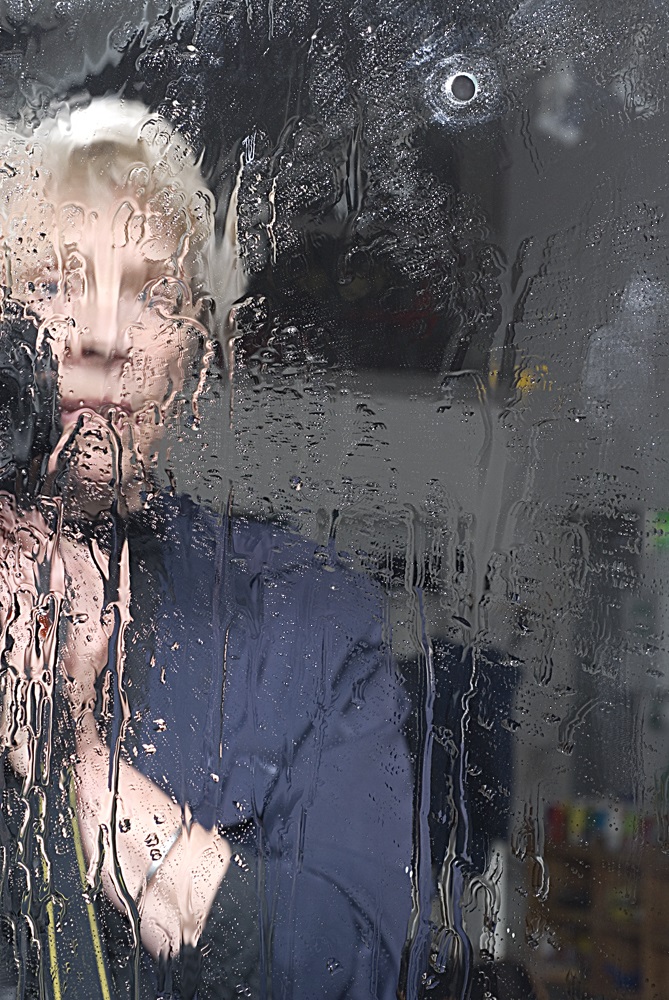
Gunvor Nelson
Call & Response: Echo
Gunvor Nelson
Call & Response: ECHO
2PM, Sunday, Nov. 9th
Brattle Theatre, Cambridge
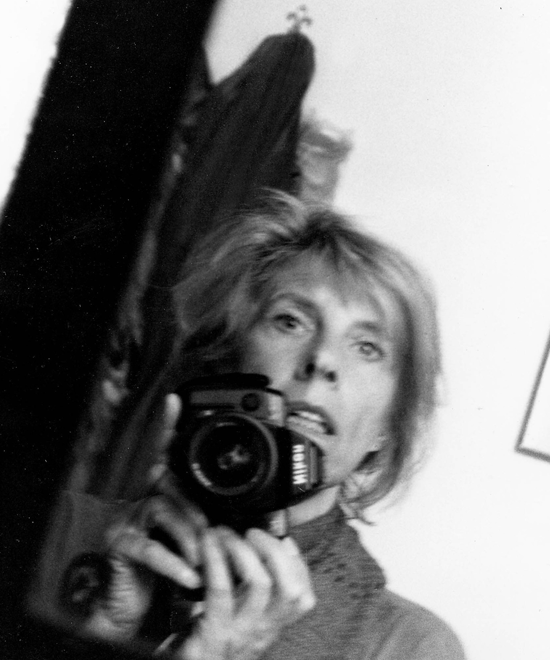
Gunvor Nelson
Call & Response
Gunvor Nelson
Call & Response
2:30PM, Sunday, Oct. 5th
MFA, Boston
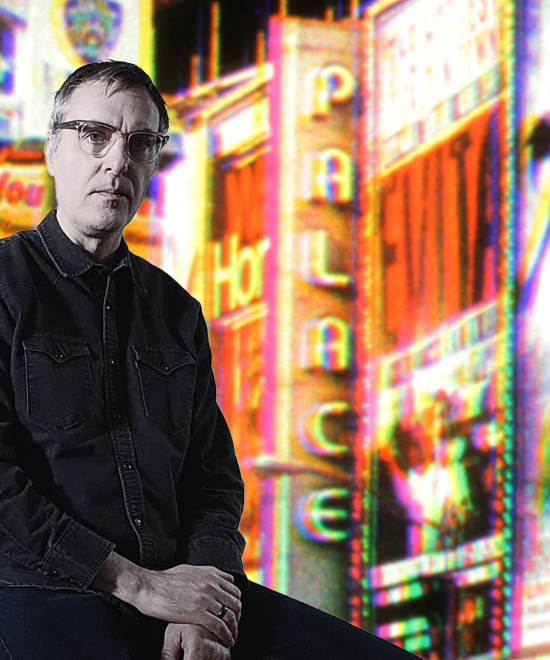
Jon Mueller + Tomonari Nishikawa
JON MUELLER + TOM LECKY: ALL COLORS PRESENT
SHORT FILMS BY TOMONARI NISHIKAWA
8PM, Thursday, Oct. 9th
The Cambridge Foundry
101 Rogers Street
Cambridge, MA

RPM Shorts Programs
RPM25
Shorts Programs
October 10 - Octerber 12, 2025,
CAM Lab, Harvard University
Lower Level, 485 Broadway,
Cambridge, MA 02138
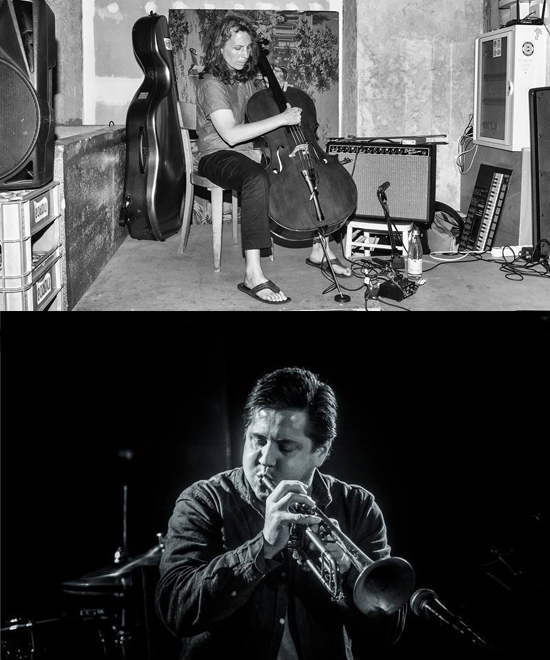
Greg Kelley + Lori Goldston
Sound + Light + Movement
Greg Kelley + Lori Goldston
Sound + Light + Movement
Tuesday,
October 14, 2025,
At 7:30PM
Boston City Hall
Mezzanine Level

RPM in Motion 25
RPM in Motion 25
Program 1& 2, CAMlab
Program 3& 4, Goethe Institut, Boston
Program 5, Boston City Hall
Program 5& 6, Boston City Hall
Program 8 Comunitarios:, Boston City Hall

Berlin:
Charlie Kohlhase Trio
Berlin:
Symphony of a Metropolis
Live Score:
Charlie Kohlhase Trio
Saturday, March 22nd, 7PM
Goethe Institut Boston
170 Beacon St
Boston
MA 02116

Traveling Programs
RPM in Motion
Traveling Program 01 & 02
Saturday, March 15th & Sunday, 16th, 7PM
Greene Block + Studios
18 Main St.
Waterville
ME 04901
RPM FESTIVAL Foundation is a 501(c)(3) organization that depends on grants and donations.
Please consider making a tax deductible gift.
Partners & Sponsors
Revolutions Per Minute Festival is co-hosted by Art and Art History Department and Cinema Studies at UMass-Boston,
MFA Boston, Goethe-institut Boston, Brattle Theatre in Cambridge & Harvard FAS CAMLab.
RPM Festival 2025 - 2026 presented with the support of a Festivals Grant from the Massachusetts Cultural Council.
RPM Series at Boston City hall presented with the support of a grant from Mayor's Office of Arts & Culture.
The RPM Awards are co-presented with the Cinelab, Boston.
